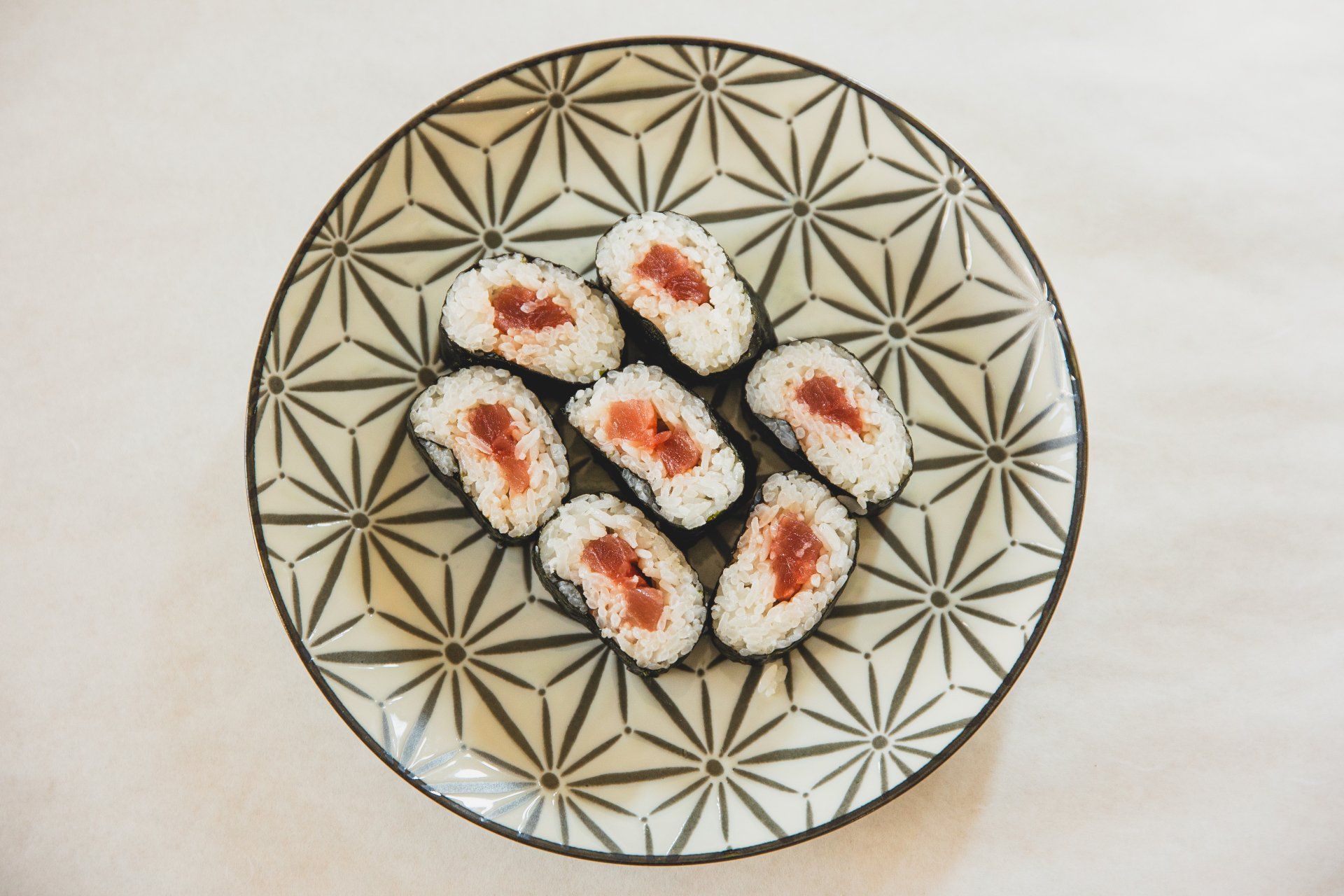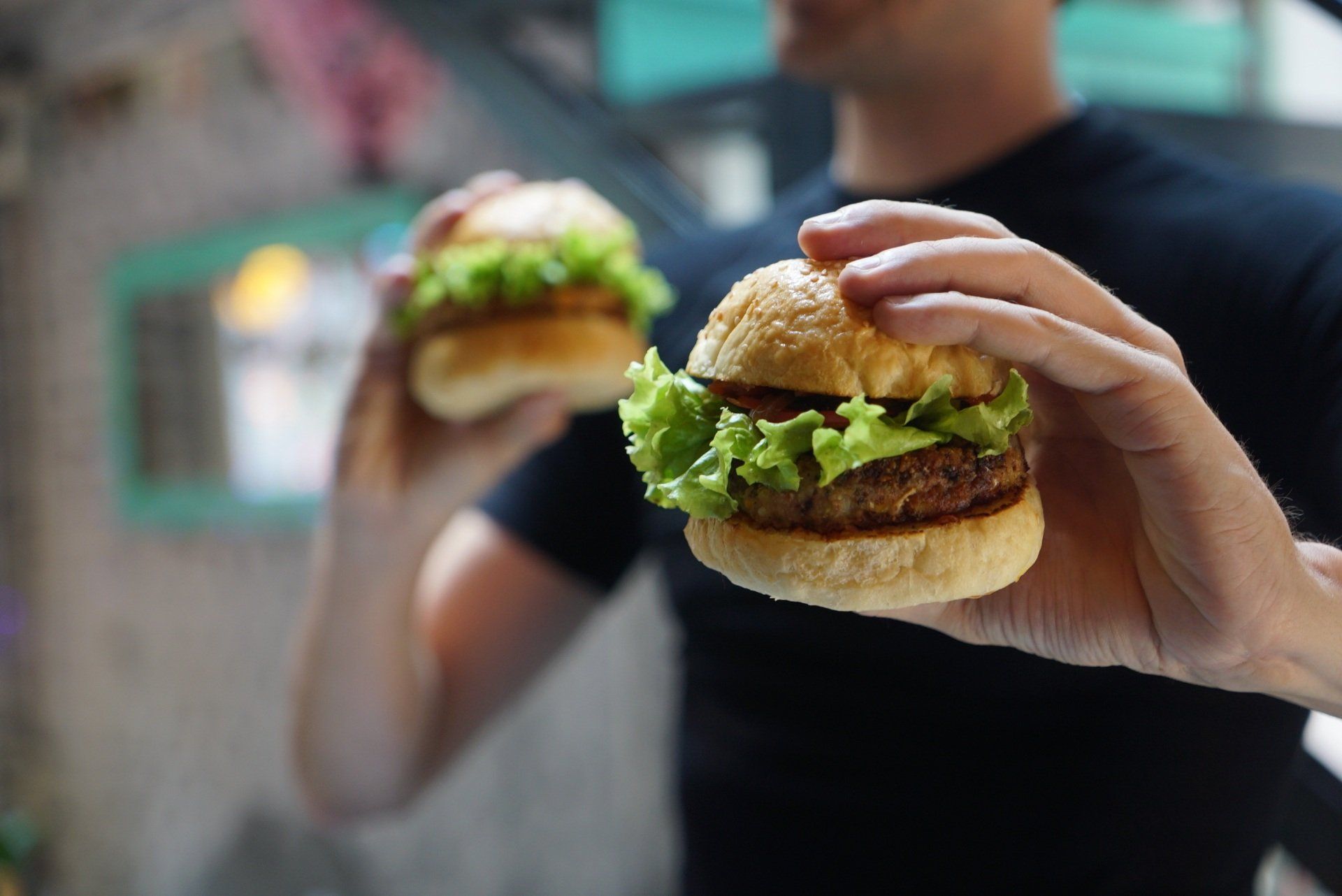How To Lose Weight Without Dieting Or Counting Calories
In this lesson, you're going to learn how to eat healthy without forcing yourself to eat what you don't like.
Can you see yourself craving kale and squash as much as cake and ice cream? Or pining for apples the way you pray for pizza? Or saying, “I really want to blow a hole in that bag of carrots?”
Of course not.
But it’s not only possible, it’s inevitable… if you do it the right way.
HOW TO LOSE WEIGHT WITHOUT DIETING
To understand how it’s possible to obsess about healthy foods we need to plunder the treasures in Food Science and loot the halls of Evolutionary Biology.
When it came to sustenance, our Stone Age ancestors were in a pickle, and not the kind you can eat. Every encounter with new food was a life-or-death choice. If they didn’t try it they might die of starvation.
If they did, they might die of poisoning.
The adaptive response to the omnivore’s dilemma were taste buds that preferred the reliably safe (notably, sugar) and most importantly, the familiar (“Hey, the last time we ate that cucumber it didn’t kill us so let’s keep eating it.”)
This is why we love salt, sugar, and fat so much—they aren’t just critical nutrients, they are flavors most associated with survival in the natural world (i.e. they didn’t kill us or make us sick).
Adding to our desire for them was the fact that they were rather hard to find. Sweet was relatively rare. Few foods were naturally salty and fat was scarce. So when we found any of them, BOOM! We devoured them.
While our taste buds developed intrinsic preferences for the safe and familiar, they also developed, as a matter of survival, the capacity to habituate to new foods. We see this habituation play out all the time, even in our modern lives.
Children tend not to like the slight bitterness of some vegetables but acclimate over time. People who switch from whole milk to skim initially dislike it but prefer it over time.
Everybody has a story about a food they once hated but now love. Take the lowly Brussels sprout, for example.
Who didn’t grow up despising them? Remember mom glopping the boiled balls of vomit onto our plates and expecting us to choke it down?
Everything changed when somebody got the bright idea of roasting them in olive oil, garlic, salt, and pepper, adding crumbled bacon and then finishing them off with a dash of vinegar.
BOOM!
Suddenly The Most Hated Vegetable In America turned into Sexiest Cabbage Alive.
Sales boomed and the rest is menu history. The adaptive nature of our taste buds makes it possible to love a vegetable you once loathed.
Taste Buds Bow To Intuitive Eating
Nothing will change your mind about the flexibility of our taste buds, their ability to do a U-turn from the depths of disgust to the heights of enthrallment like these two words: “Acquired taste.”
“Acquired tastes” is the designation for food and beverages that gross you out the first time you try them but through repeated exposure and education, learn to adore. These include beer, wine, caviar, anchovies, raw oysters, coffee, Roquefort, cilantro, olives and more.
The first time a friend urged me to try an oyster I remember turning to him and saying, “If you ever try to get me to eat something like that again I’m going to kill you, bury you, unbury you and kill you again."
Today, needless to say, I love oysters.
Our taste buds are malleable and adaptive. And if they’re malleable enough to adapt to caviar and anchovies then they’re malleable enough to adapt to fruits, vegetables, and other healthy foods.
The question isn’t whether your taste buds can adapt to healthier foods. Look around you, the evidence is everywhere. The question is how best to do it.
WEIGHT LOSS WITHOUT DIET
Remember Systematic Discontinuation?
We’re going to do the opposite. It’s called Systematic Sensitization. The direction is different but the process is the same: We make tiny changes that don’t awaken the startle response, we get used to those changes, and make more changes.
Soon homeostasis takes over, regulates the new normal…and BAM! You hear cauliflower calling you from other rooms. Stay tuned next week for a post that gives you a step-by-step guide to obsessing over fruits and vegetables.










